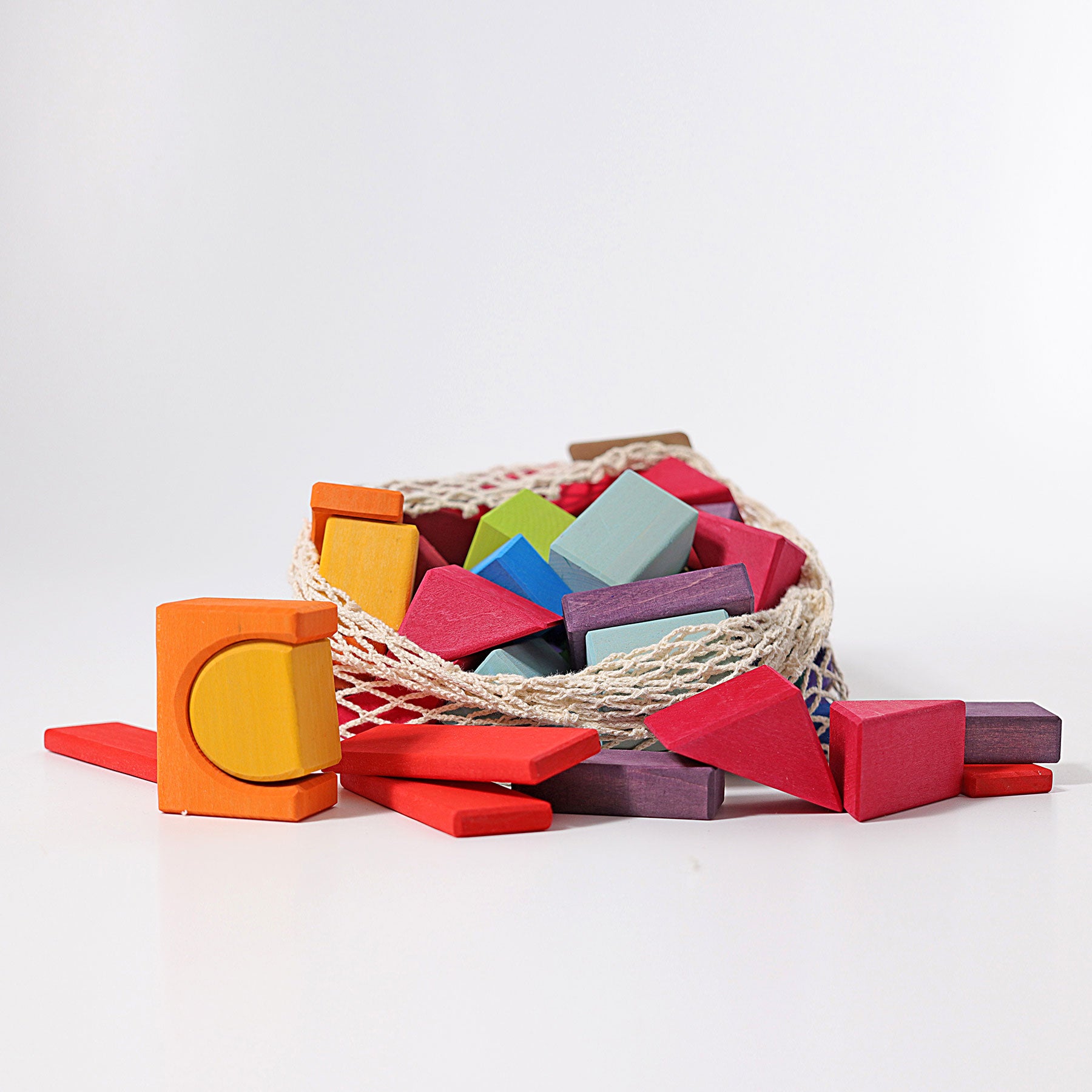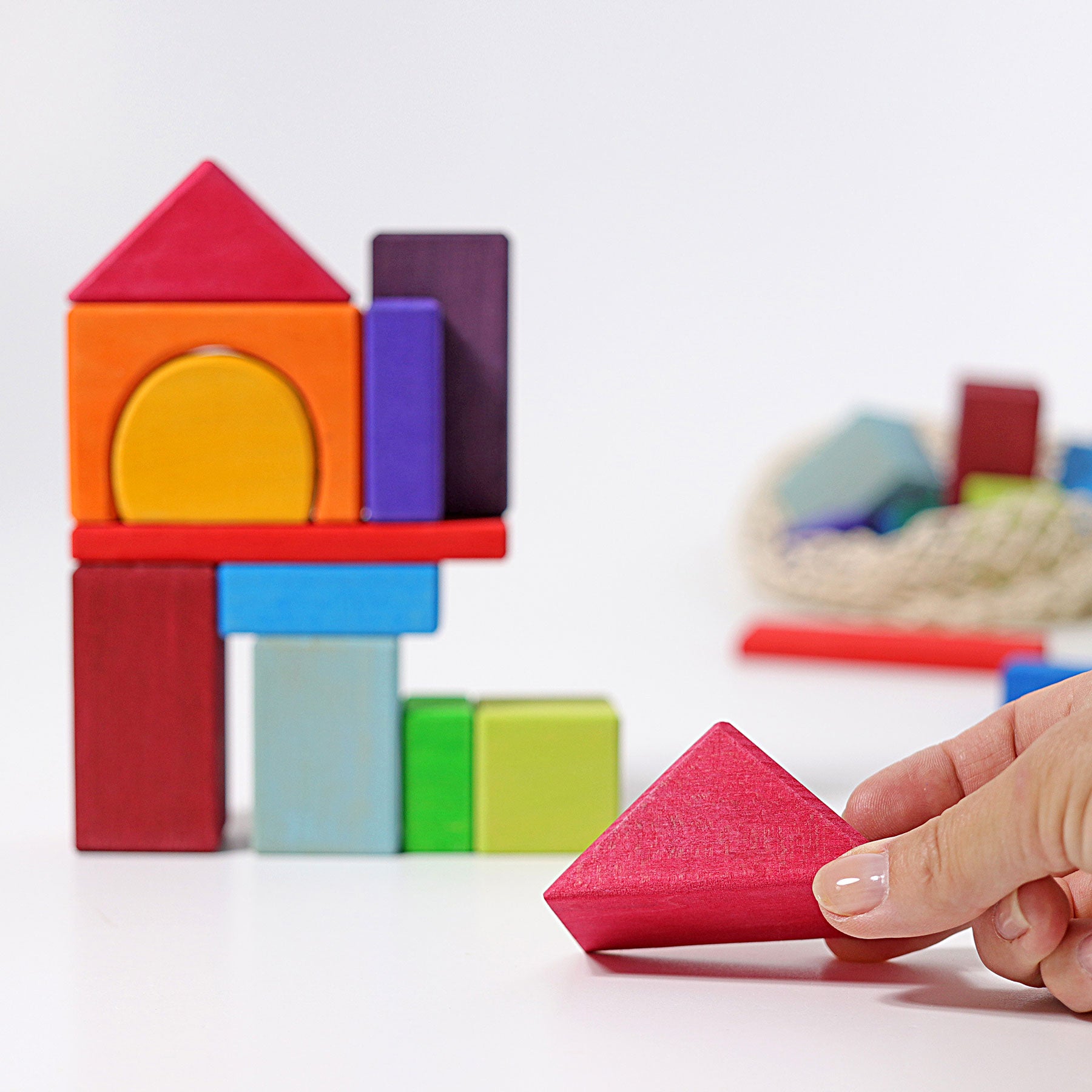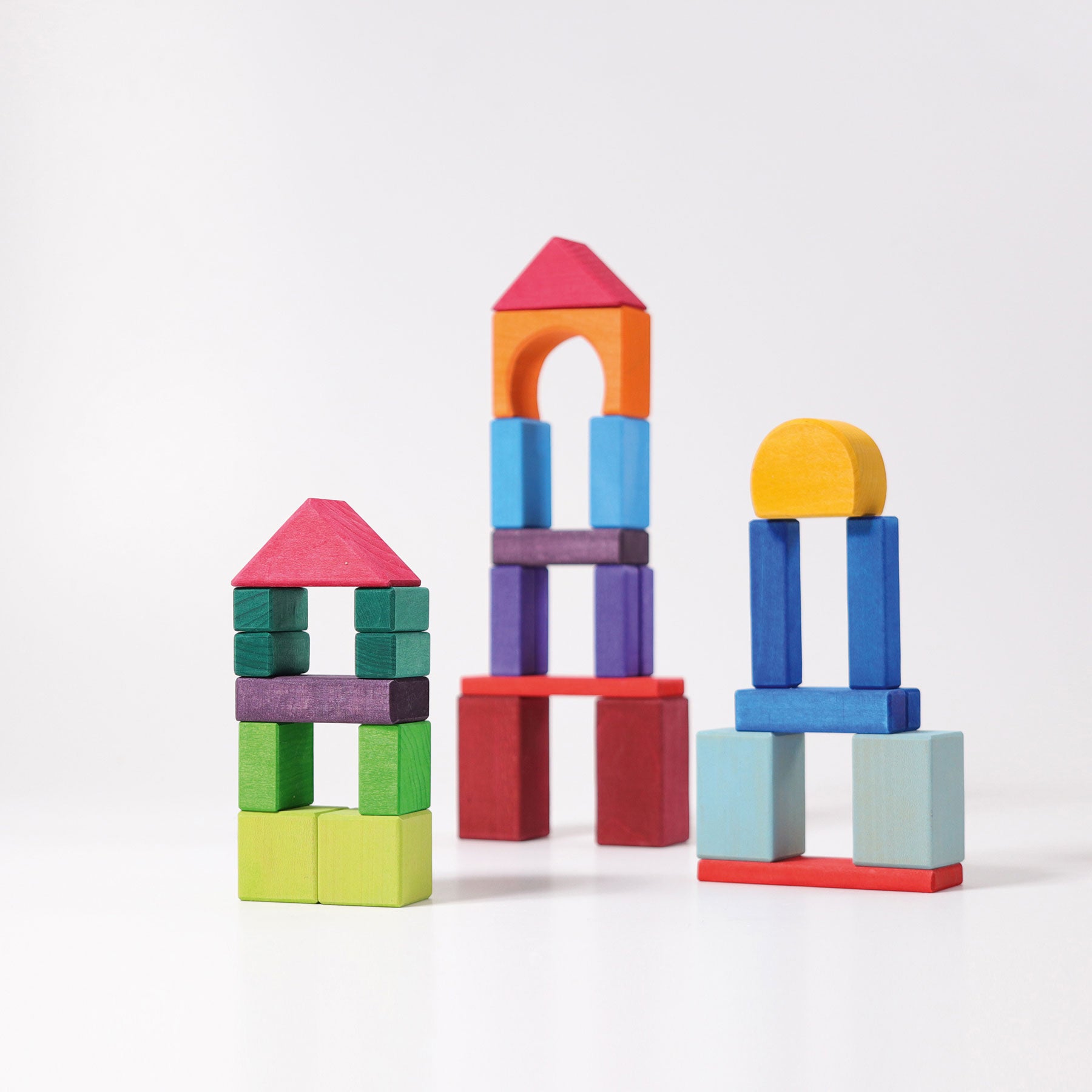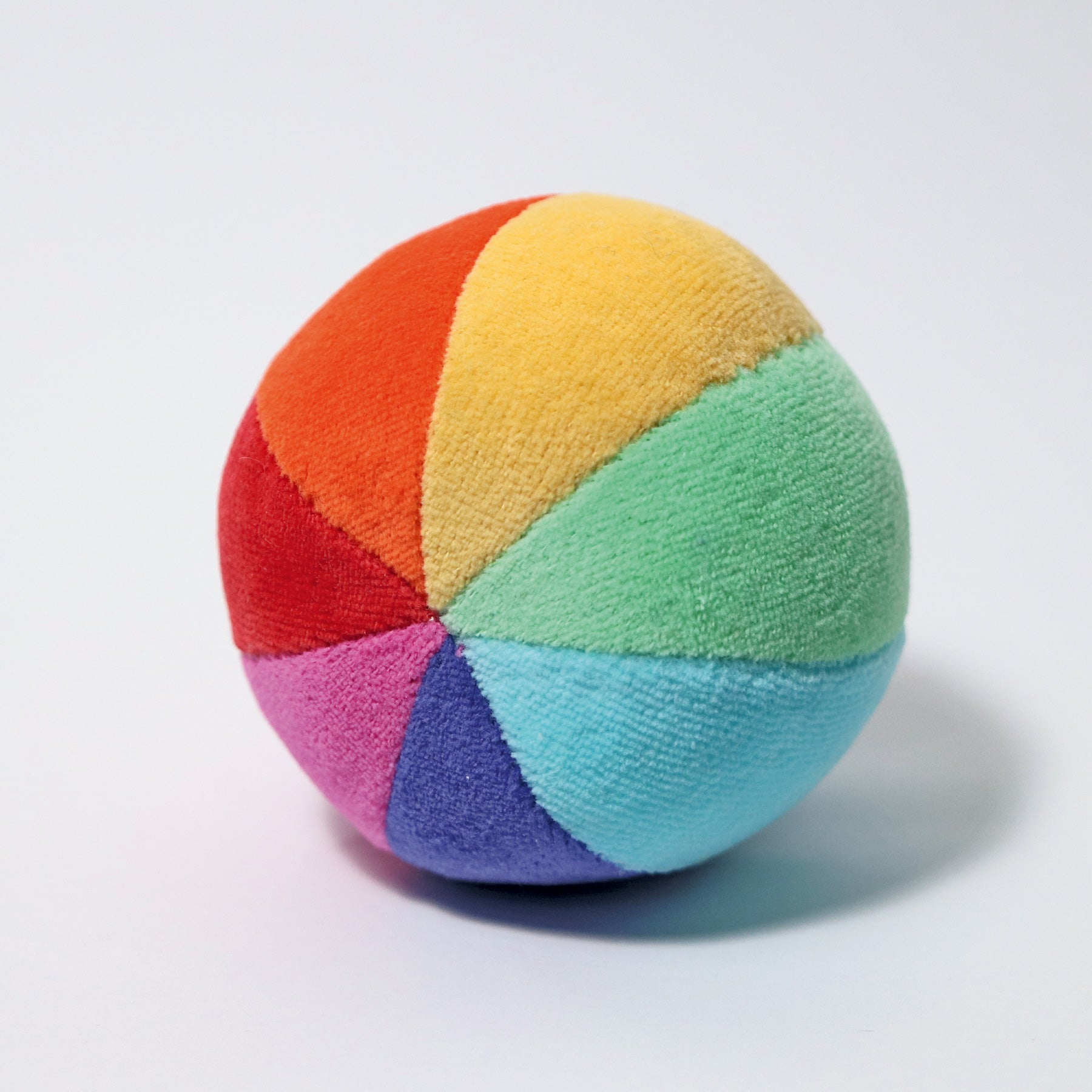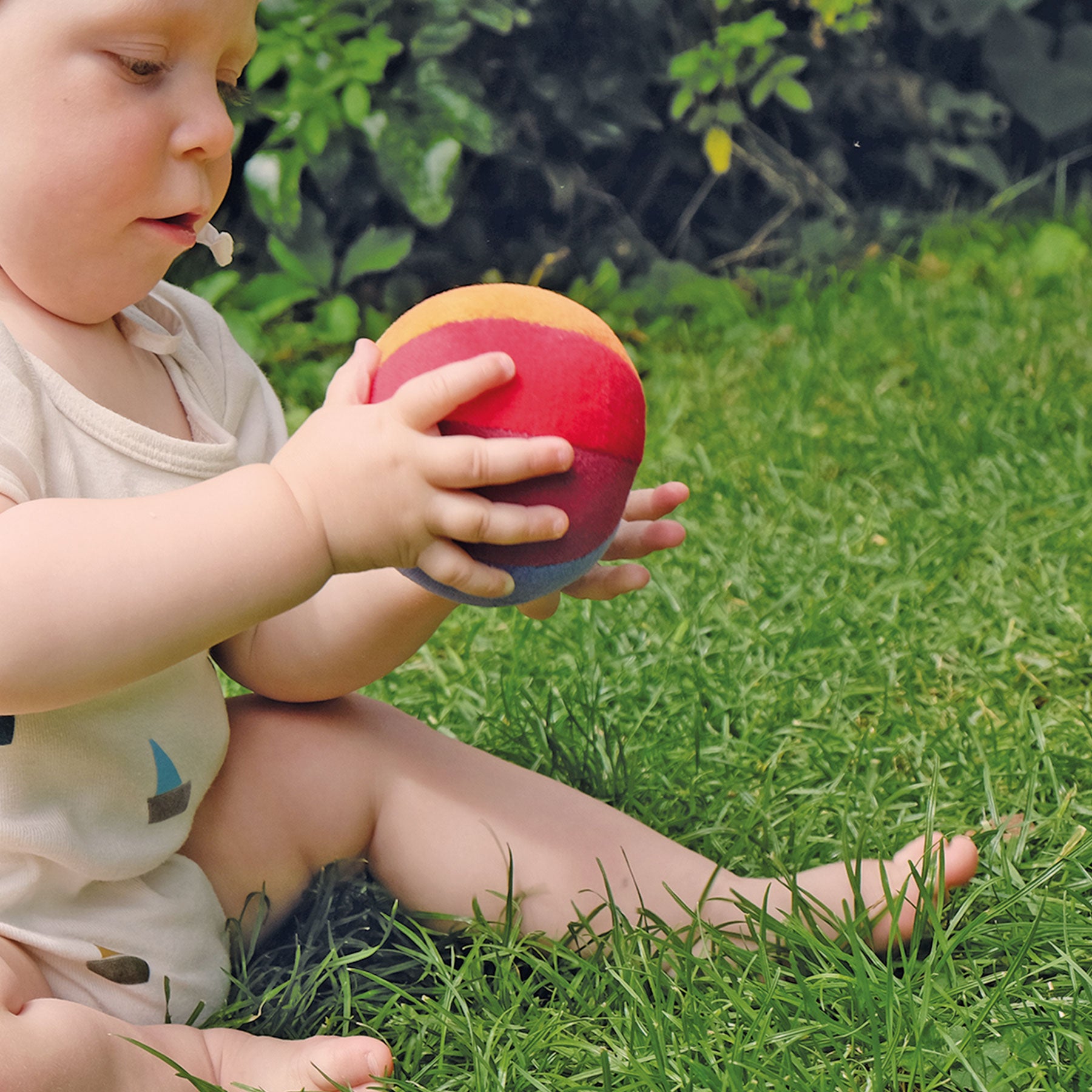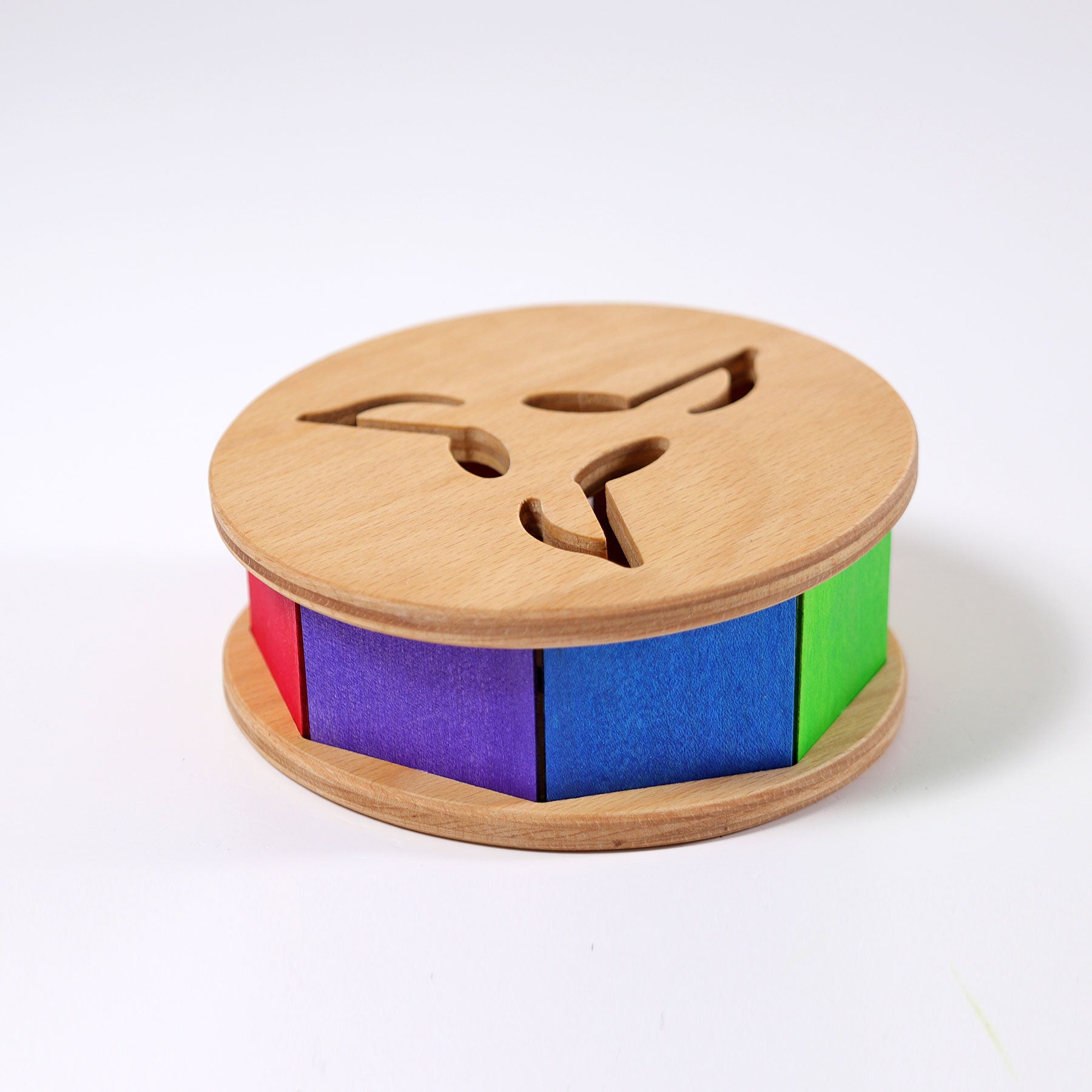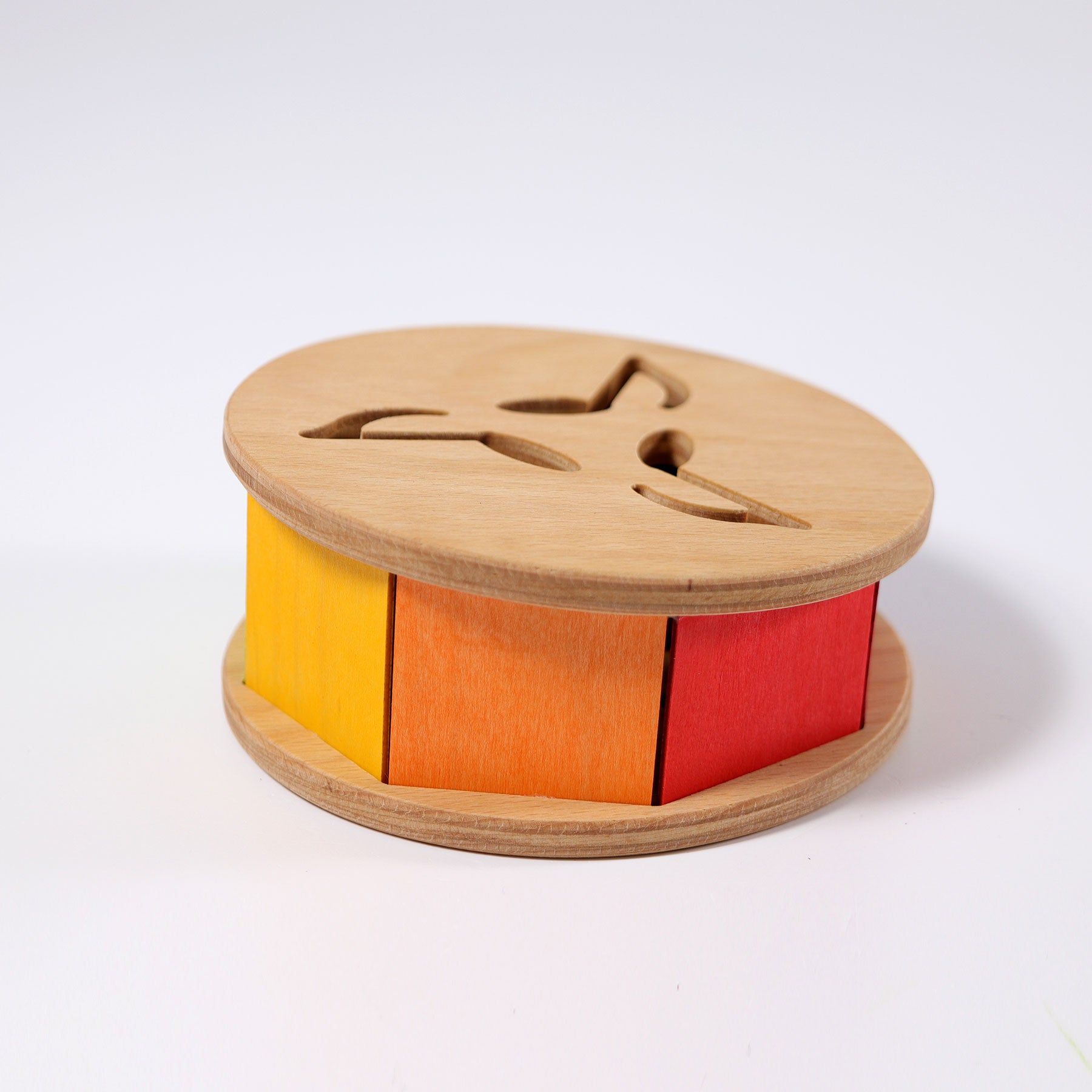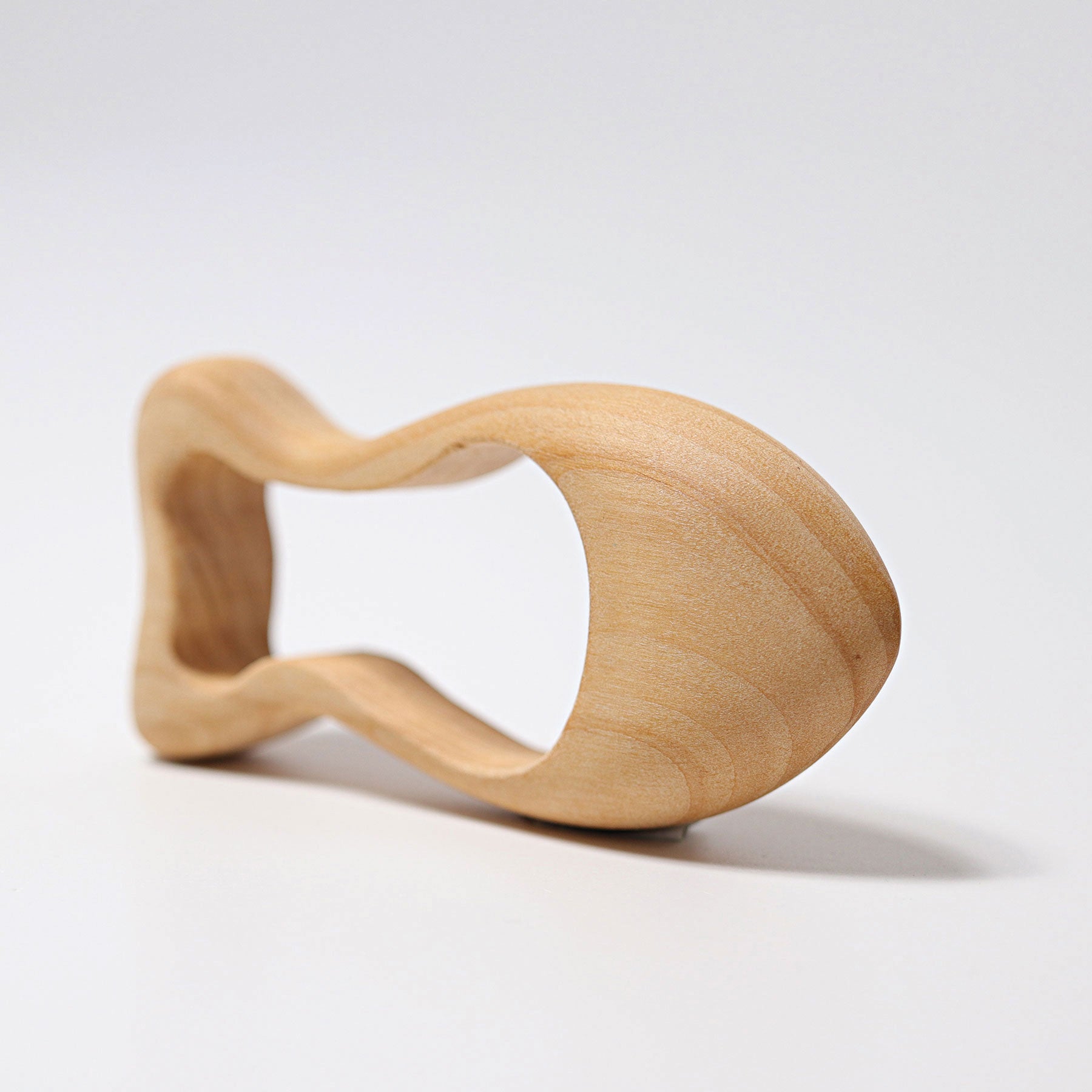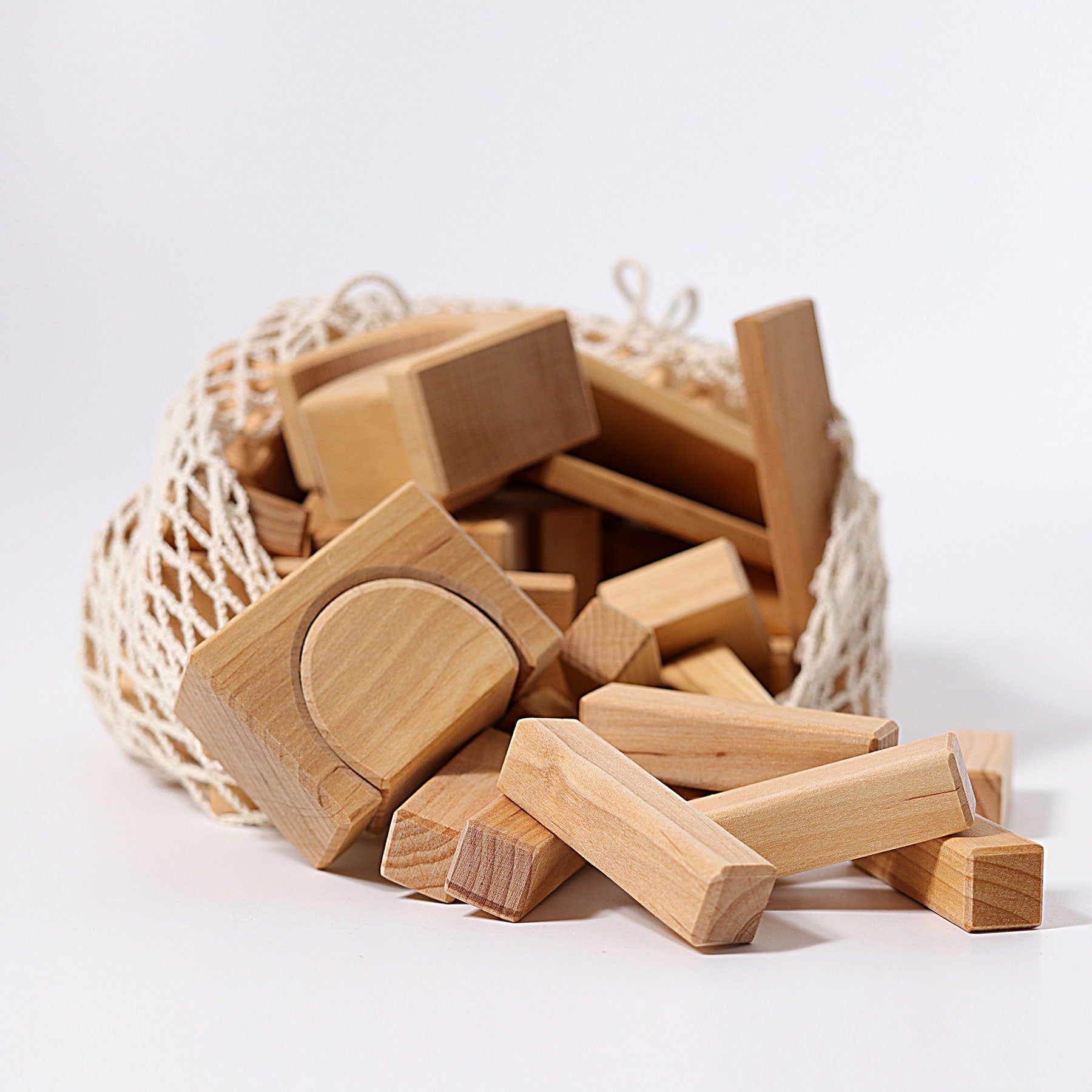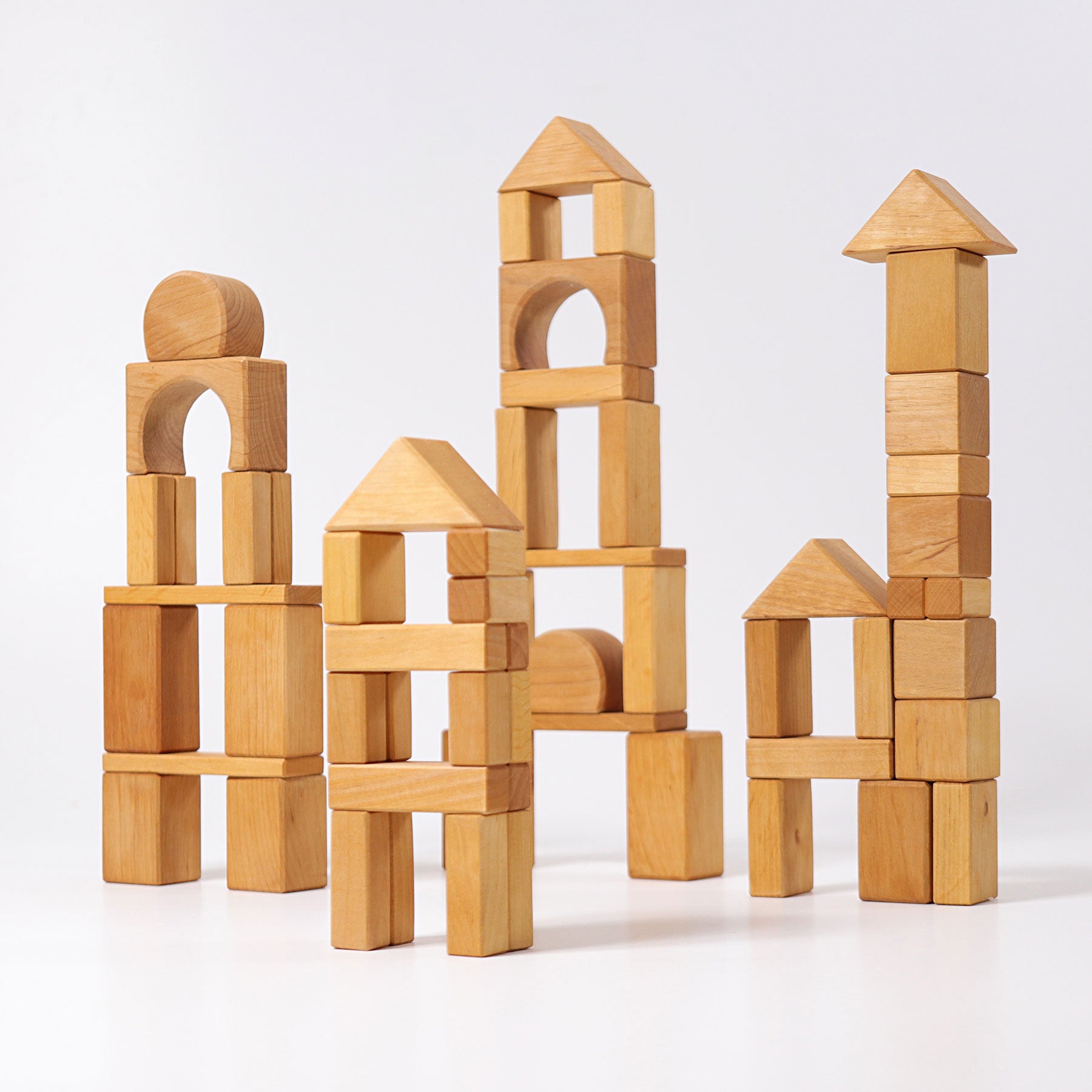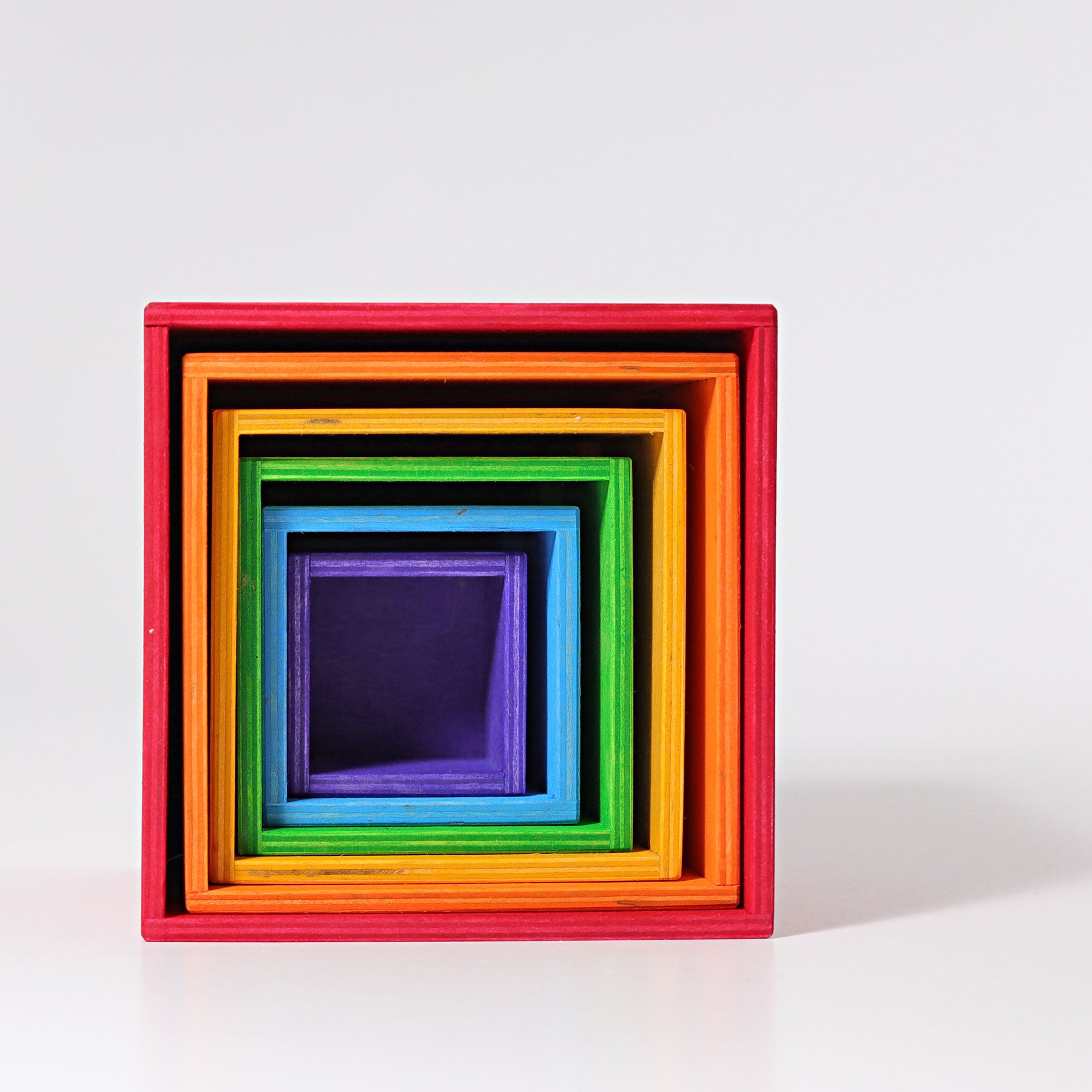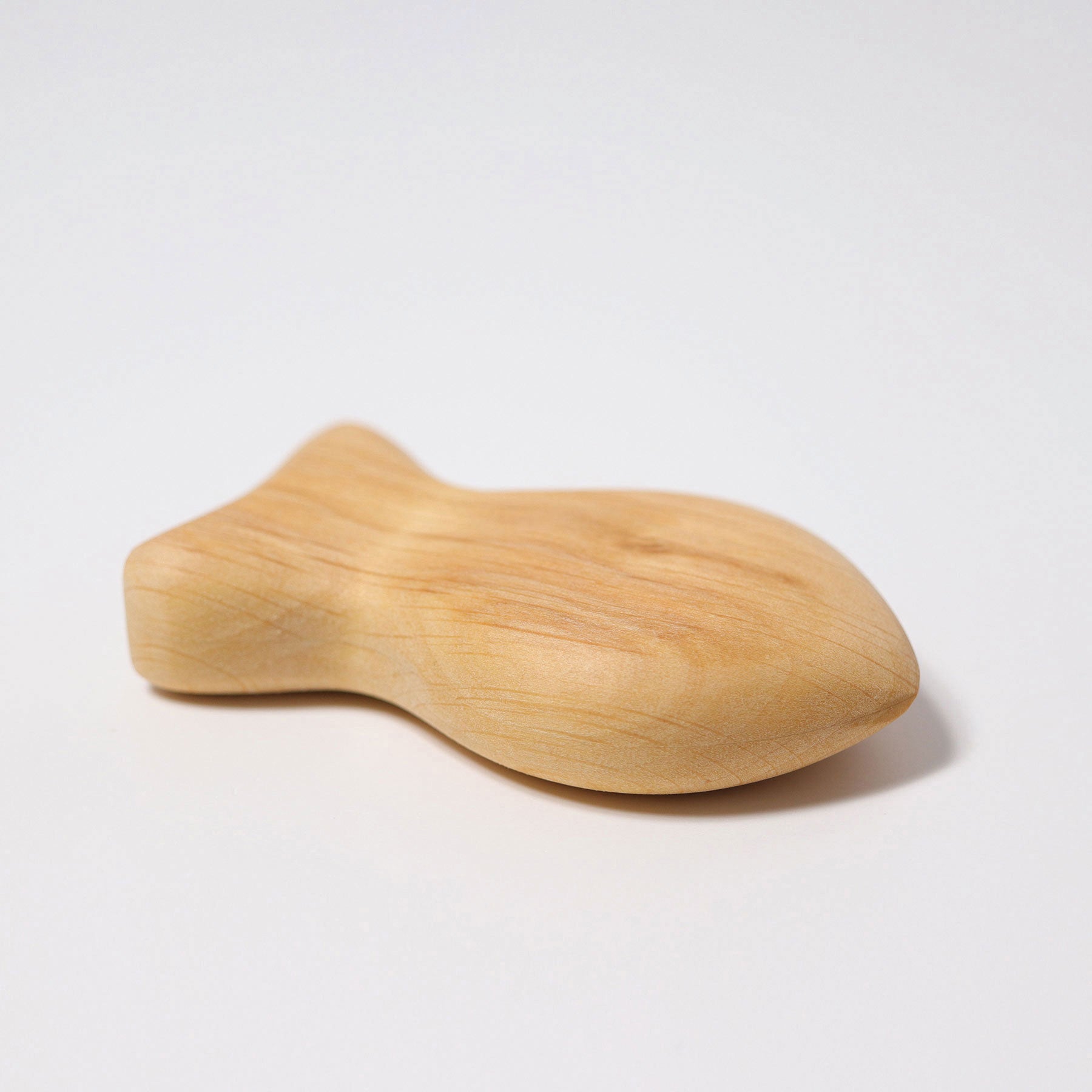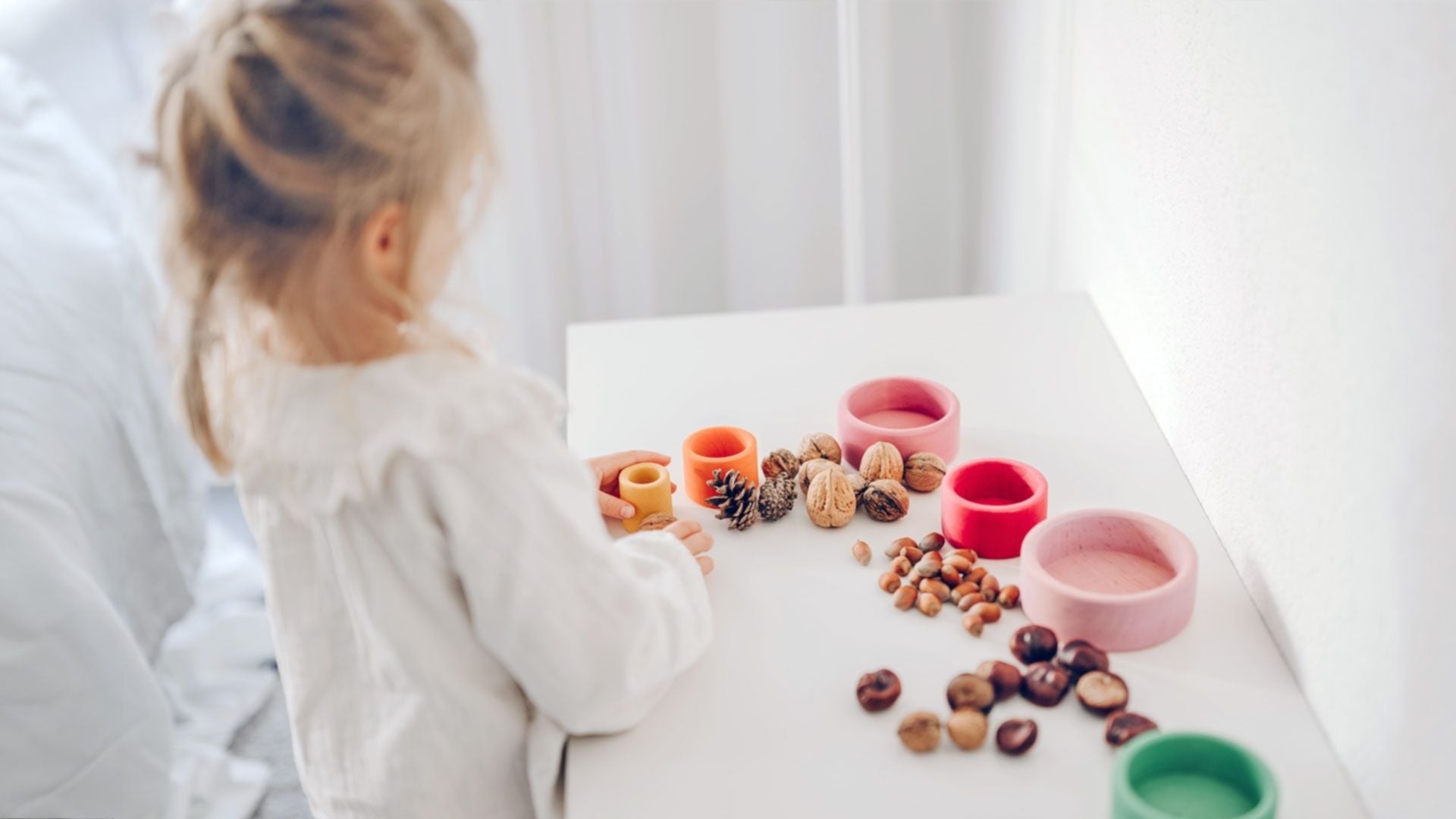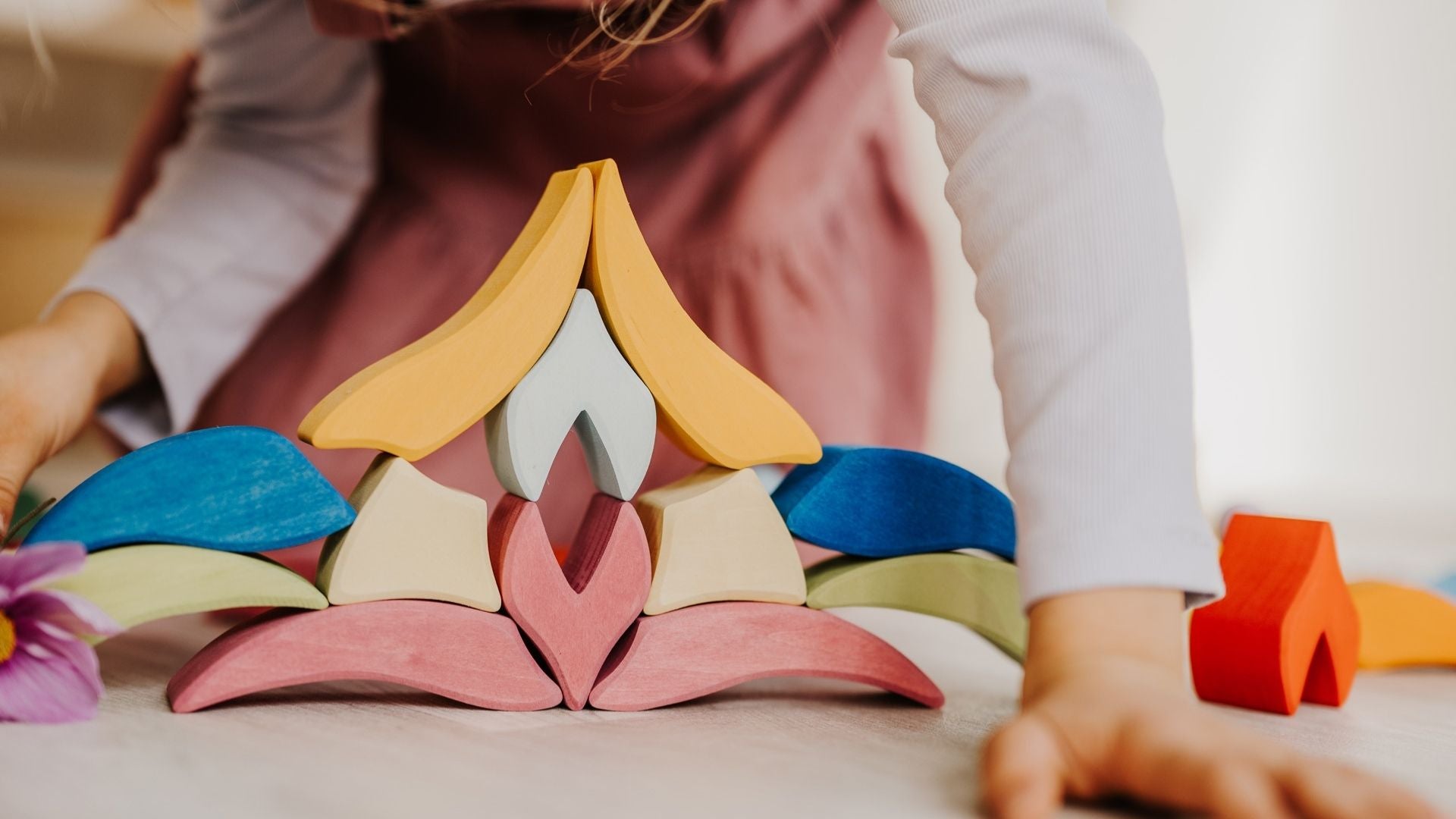A text by Simone (GRIMM'S)
Whether putting on a jacket, washing hands, or brushing teeth – the daily situations in which my child, aged 1.5 to 2 years, would rudely reject me and I would hear the clock hands ticking ever louder, became more frequent. It soon became clear to me: This couldn't go on. In desperation, I turned to the internet for advice and repeatedly found the same answer in specialist articles, blog posts, and forums: Montessori. What I read sounded plausible.

"Help me to do it myself!" – this is the oft-quoted phrase of the Italian physician Maria Montessori. At the beginning of the 20th century, she made it her mission to strengthen children's independence and freedom in the learning process. She was convinced that children...
1. … want to learn out of intrinsic motivation.
2. … are ready and open to certain learning content in so-called “sensitive phases”.
Whether it's putting on a jacket or adding fractions: According to Montessori, it is the task of parents, educators and teachers to give children the freedom to learn independently in a prepared environment and with special materials what interests them at each stage - and to do so without unwanted and excessive interference from adults.
And while I was still reading more and more about the topic (or rather, listening to it), I began to incorporate the first tips and tricks from the Montessori world into our everyday life. I was soon overjoyed to discover that a coat rack at child height, a bathroom step stool with steps, and toothpaste squeezed onto my child's toothbrush by myself brought about major changes. As soon as I enabled my daughter, during the "sensitive phase" she was obviously going through, to actively participate in what was going on - within the limits of her mental and physical abilities - she was ready to cooperate. I helped her to do things herself. Suddenly we were leaving the house in a good mood, with our teeth brushed and our jackets on, and we were on our way to daycare on time(!) - a situation that had been impossible for me just a few days earlier.
And today? A good three years later—Penélope is now 4.5 years old—the response to stressful times at home isn't "Oh, it's just a phase!" but rather, "Ah, this is a sensitive phase!" Whenever we repeatedly clash in similar situations, I take a close look and try to figure out where the problem lies. Often, I discover a root cause that, with Montessori in mind, can be resolved.

But Maria Montessori's pedagogy isn't just useful as a "savior in times of need" for me. I also love letting my kindergarten child participate in everyday life with Pinterest-inspired Montessori tips and coming up with activity ideas. Through careful observation, I quickly notice what topics are currently on her mind and can then offer various options and suggestions in that area. Colorful play materials from GRIMM'S are often included. If you think this is due to my years of working for the wood manufacturer, you're wrong. It wasn't until I researched Montessori-inspired play ideas that I first became aware of the traditional brand in my region, and I knew immediately: I want to work there. And so, for me, things have come full circle: From my (rightfully) nitpicking daughter, who inspired me to embrace Montessori pedagogy out of intrinsic motivation, to the marketing department at GRIMM'S Spiel und Holz Design, where I'm able to incorporate all my personal experiences into my daily work. Cheers to the not-so-terrible Terrible Twos!


